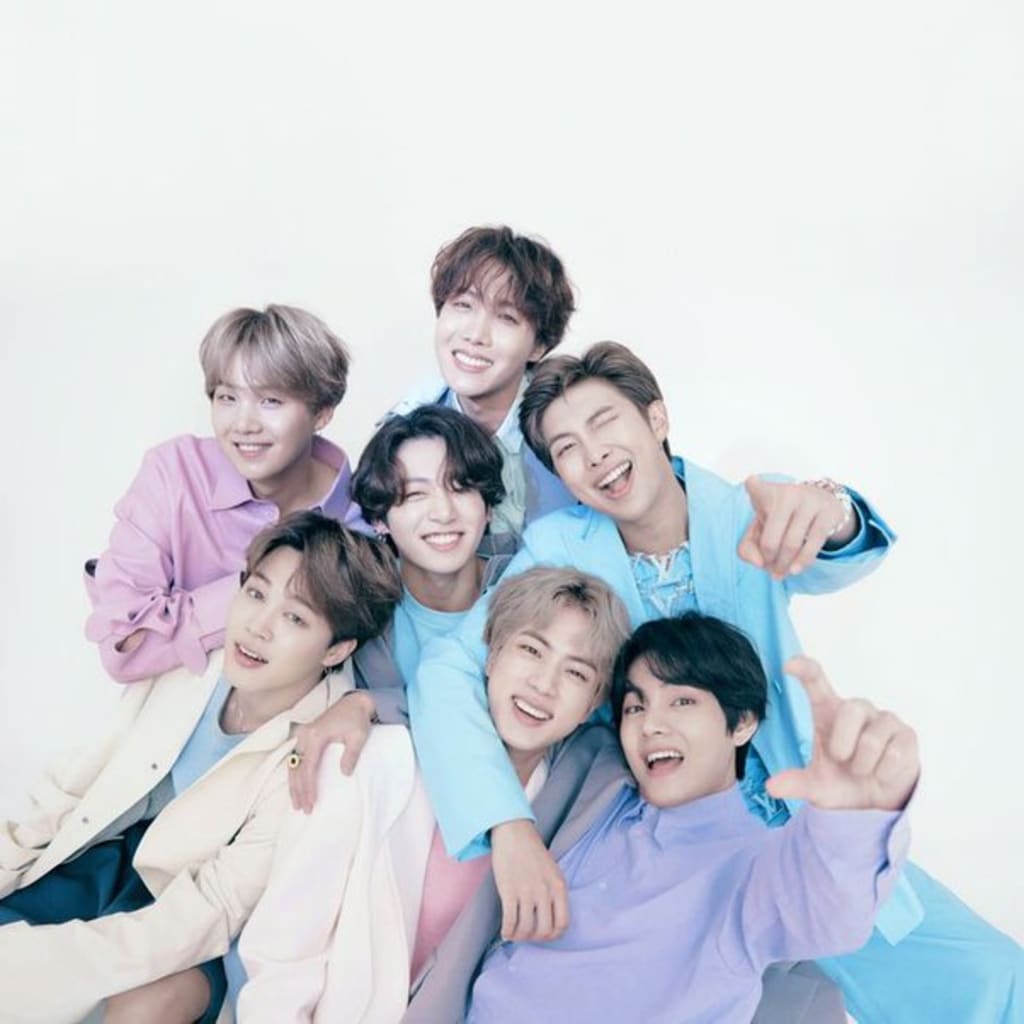The Evolution of Music Genres Over the Decades
A Journey Through Sound: From Jazz and Blues to Digital Beats and Hybrid Styles

Music is a universal language, a powerful form of expression that transcends boundaries and resonates with the human spirit. Over the decades, music genres have evolved, reflecting cultural, social, and technological changes. This evolution is not just a testament to creativity and innovation but also a mirror to the dynamic nature of society. This article delves into the evolution of music genres, exploring key developments from the early 20th century to the present day.
Early 20th Century: The Birth of Modern Music
The early 20th century marked the beginning of modern music as we know it. The 1920s, known as the Jazz Age, saw the rise of jazz, a genre that originated in African American communities in New Orleans. Jazz was characterized by its improvisational style and syncopated rhythms. Musicians like Louis Armstrong and Duke Ellington became pioneers, pushing the boundaries of music and influencing future genres.
Simultaneously, the blues emerged in the southern United States, reflecting the struggles and emotions of African Americans. Artists like Bessie Smith and Robert Johnson laid the groundwork for what would become a significant influence on later genres, particularly rock and roll.
The 1950s: The Rock and Roll Revolution
The 1950s witnessed the explosion of rock and roll, a genre that blended rhythm and blues with country music. Chuck Berry, Elvis Presley, and Little Richard were among the key figures who popularized this energetic and rebellious style. Rock and roll became a cultural phenomenon, symbolizing the youthful spirit and social changes of the era.
This decade also saw the rise of doo-wop, characterized by vocal harmonies and simple beats, and the continuation of jazz evolution with the advent of bebop, led by musicians like Charlie Parker and Dizzy Gillespie. Bebop introduced complex chord progressions and faster tempos, challenging traditional jazz norms.
The 1960s: A Decade of Diversity and Experimentation
The 1960s were marked by significant social upheaval and a corresponding diversification in music. The British Invasion, led by The Beatles and The Rolling Stones, brought a new wave of rock to the United States. This period also saw the emergence of folk rock, with artists like Bob Dylan using music as a platform for social and political commentary.
Motown, founded by Berry Gordy, revolutionized pop music by blending soul, pop, and R&B. The Motown Sound, with artists like The Supremes and Marvin Gaye, became synonymous with catchy melodies and sophisticated production.
Psychedelic rock emerged as a response to the counterculture movement, with bands like The Grateful Dead and Jefferson Airplane incorporating experimental sounds and exploring themes of consciousness and liberation. This genre pushed the boundaries of music production and live performances.
The 1970s: The Rise of New Genres
The 1970s continued the trend of musical experimentation and gave rise to several new genres. Disco dominated the dance floors, with its infectious beats and glamorous aesthetic. Artists like Donna Summer and the Bee Gees became synonymous with this genre, which celebrated nightlife and hedonism.
Punk rock emerged as a reaction against the perceived excesses of mainstream rock. Bands like The Ramones and The Sex Pistols championed a raw, stripped-down sound and a rebellious ethos. Punk's DIY spirit influenced future genres like grunge and alternative rock.
Meanwhile, hip hop began to take root in the Bronx, New York. DJs like Kool Herc and Grandmaster Flash pioneered techniques such as breakbeats and scratching, while MCs began to rap over the beats. Hip hop would soon grow into a global cultural movement.
The 1980s: The Era of Pop and Hip Hop
The 1980s were characterized by the dominance of pop music, driven by the advent of music videos and MTV. Pop icons like Michael Jackson, Madonna, and Prince became global superstars, blending catchy melodies with visually compelling performances.
Hip hop continued to evolve, with artists like Run-D.M.C. and Public Enemy bringing the genre into the mainstream. The 1980s also saw the rise of electronic music, with synthesizers and drum machines becoming integral to the sound of the decade. Genres like synth-pop and new wave, represented by bands like Depeche Mode and Duran Duran, flourished during this time.
The 1990s: Grunge, Alternative, and Hip Hop's Golden Age
The 1990s were marked by the rise of alternative rock and grunge, spearheaded by bands like Nirvana and Pearl Jam. These genres brought a raw, unpolished sound that contrasted sharply with the polished production of 1980s pop.
Hip hop experienced its Golden Age, with artists like Tupac Shakur, The Notorious B.I.G., and Wu-Tang Clan pushing the boundaries of lyrical content and production. The East Coast-West Coast rivalry added a dramatic narrative to the genre's evolution.
Simultaneously, electronic dance music (EDM) gained popularity, with subgenres like techno, house, and trance emerging in clubs and raves around the world. DJs like Carl Cox and Paul Oakenfold became prominent figures in the electronic music scene.
The 2000s to Present: The Digital Revolution and Genre Blending
The 21st century has seen the digital revolution transform how music is produced, distributed, and consumed. The rise of the internet and streaming platforms like Spotify and Apple Music has democratized access to music, allowing for a greater diversity of genres and artists to thrive.
Genres have increasingly blended, resulting in hybrid styles like electronic rock, indie pop, and trap music. Artists like Billie Eilish, who seamlessly integrates elements of pop, electronic, and alternative music, exemplify this trend. The global influence of genres like K-pop, led by groups like BTS, highlights the interconnectedness of the modern music landscape.
Hip hop remains a dominant force, with artists like Kendrick Lamar and Drake shaping its evolution. EDM continues to evolve, with festivals like Tomorrowland and Ultra Music Festival attracting millions of fans worldwide.
Conclusion
The evolution of music genres over the decades reflects the dynamic interplay between cultural, social, and technological forces. From the birth of jazz and blues to the digital revolution of the 21st century, each era has contributed to the rich tapestry of modern music. This ongoing evolution ensures that music remains a vibrant and integral part of human experience, continually adapting and resonating with new generations.
About the Creator
Pavitradevi
I'm Pavitradevi S, a passionate writer and lifelong learner dedicated to exploring the world through insightful and engaging articles. My writing journey spans across technology, health, personal development, and economy related .
Enjoyed the story? Support the Creator.
Subscribe for free to receive all their stories in your feed. You could also pledge your support or give them a one-off tip, letting them know you appreciate their work.






Comments
There are no comments for this story
Be the first to respond and start the conversation.